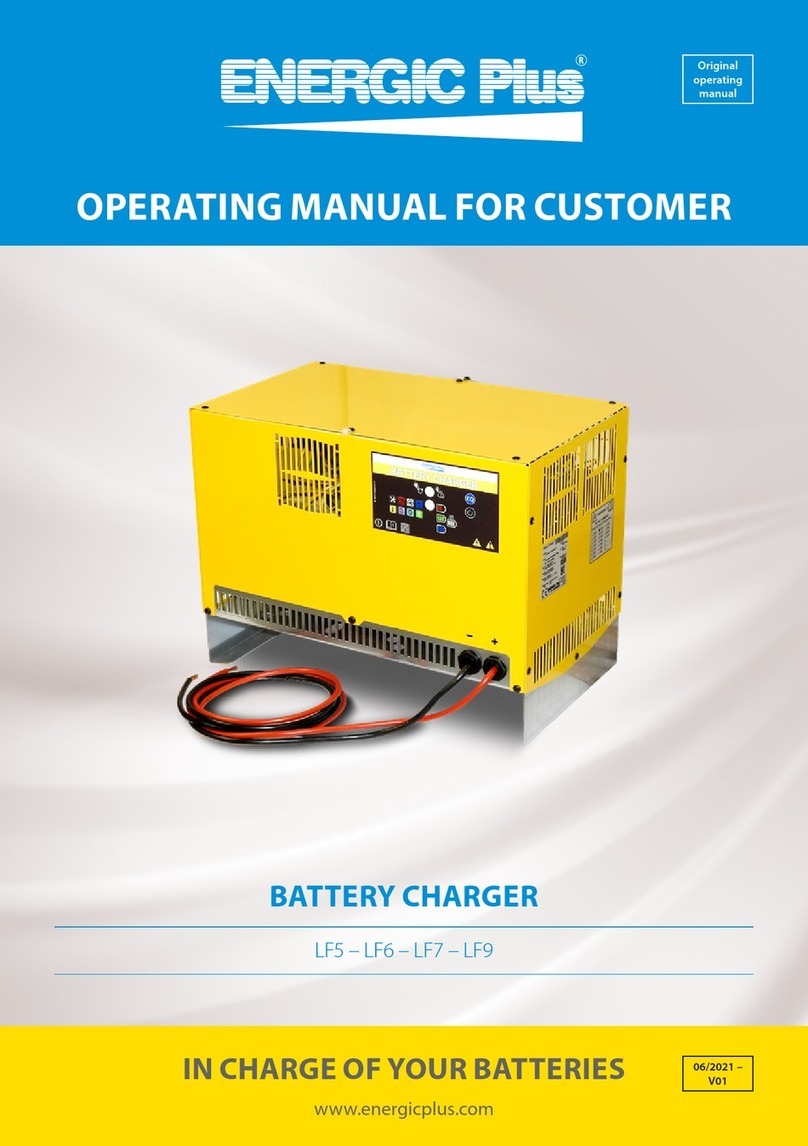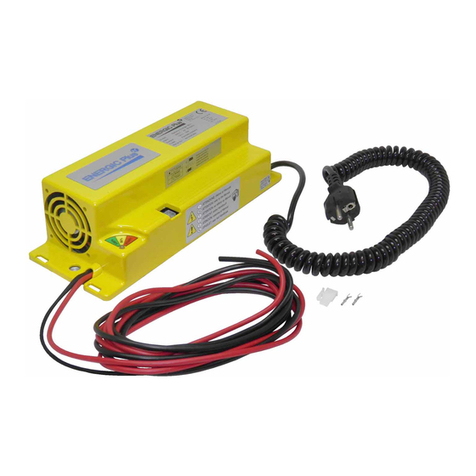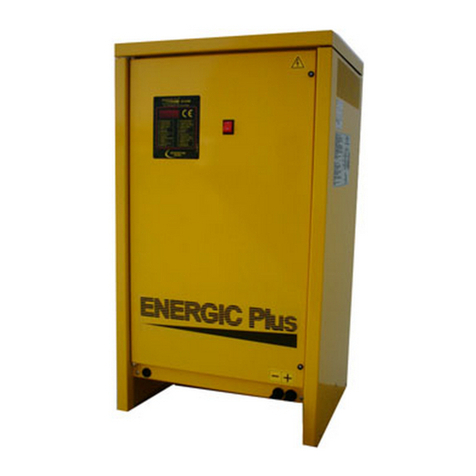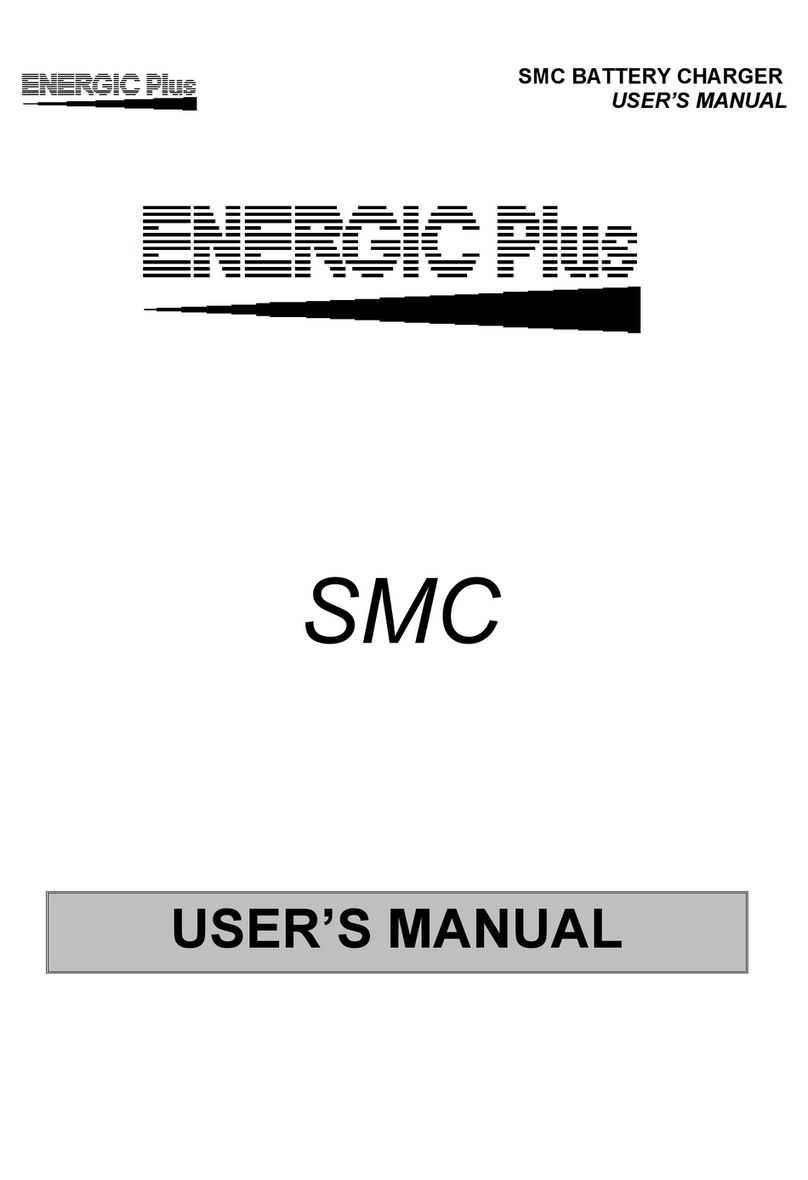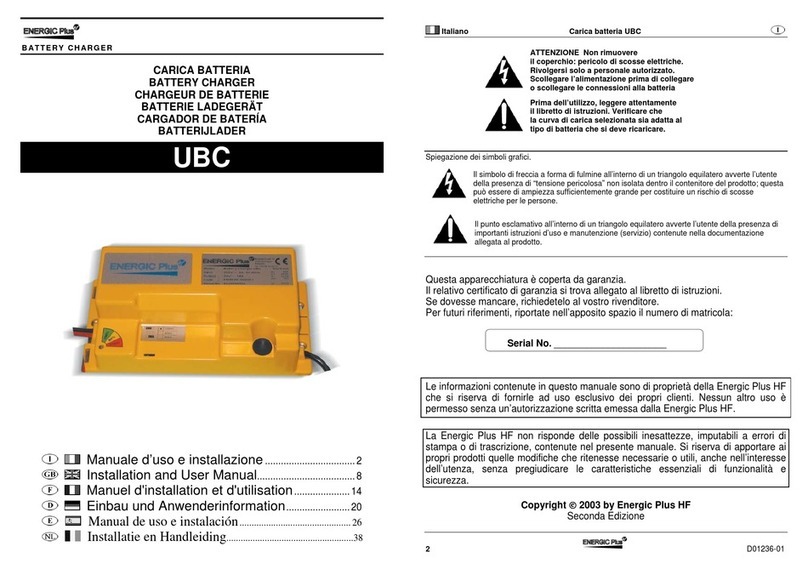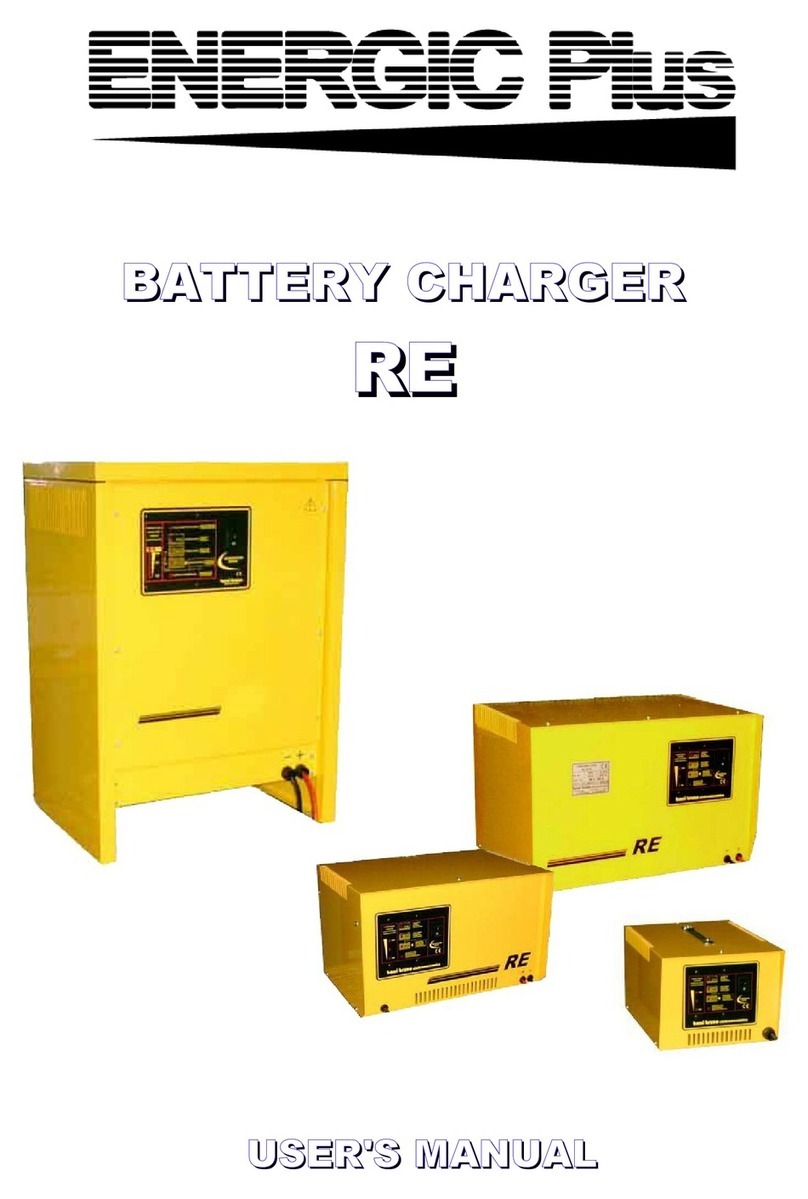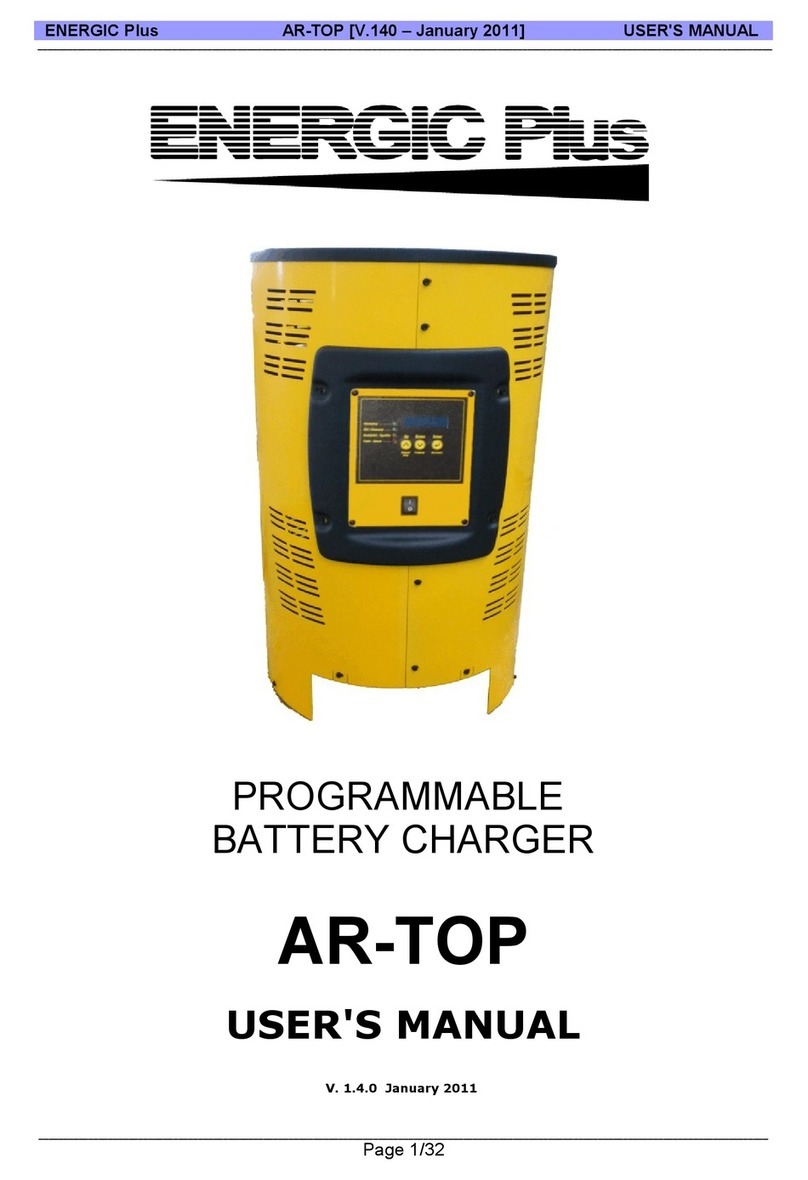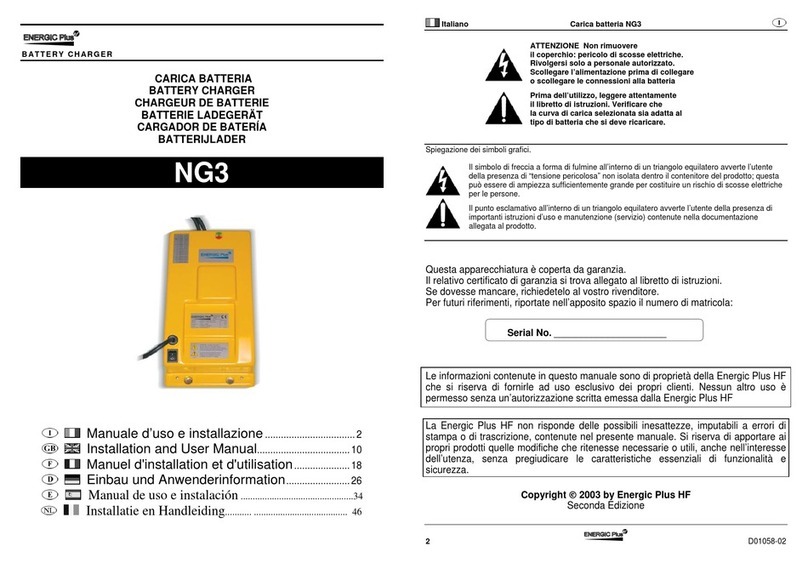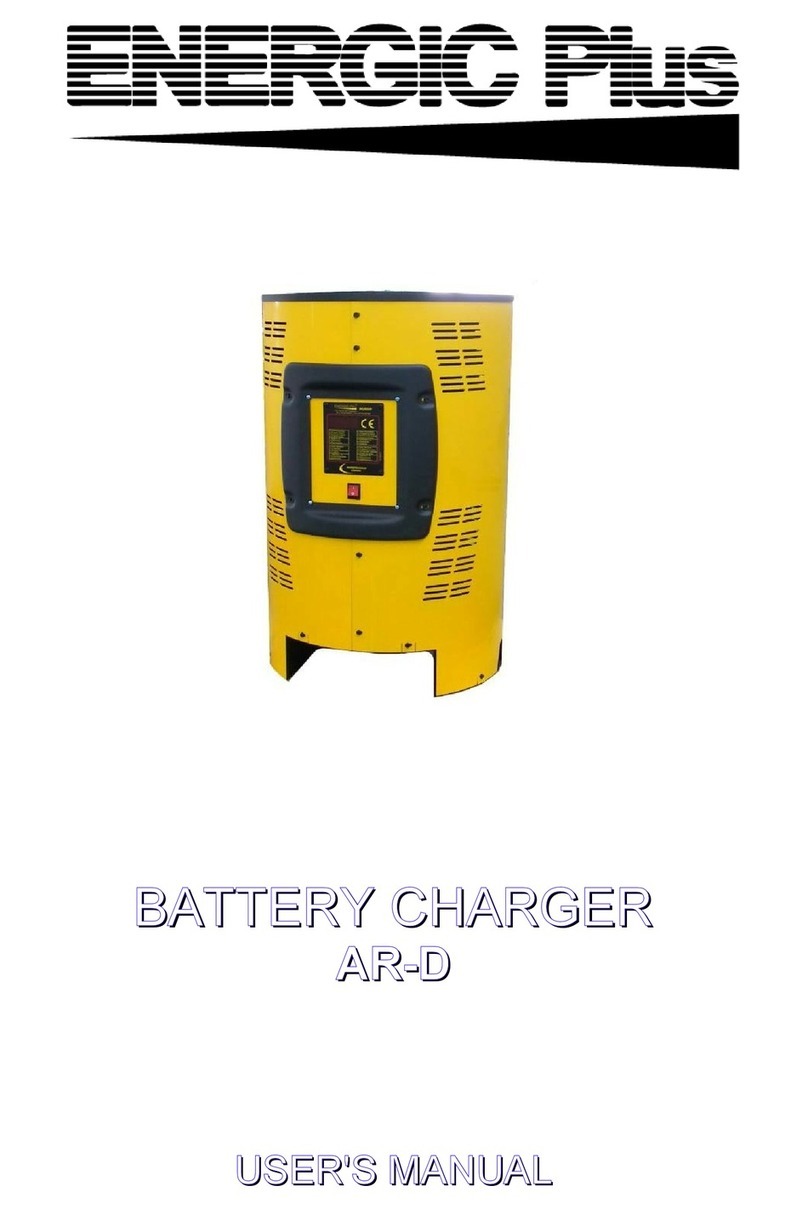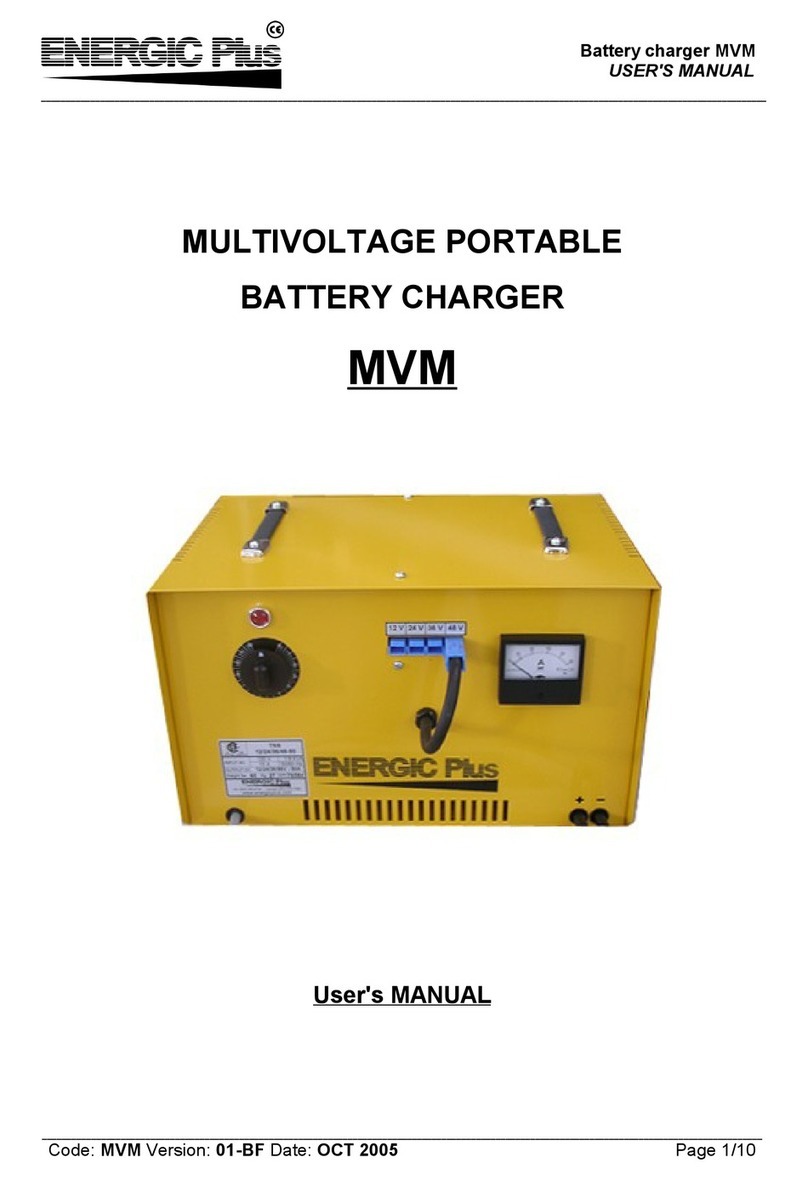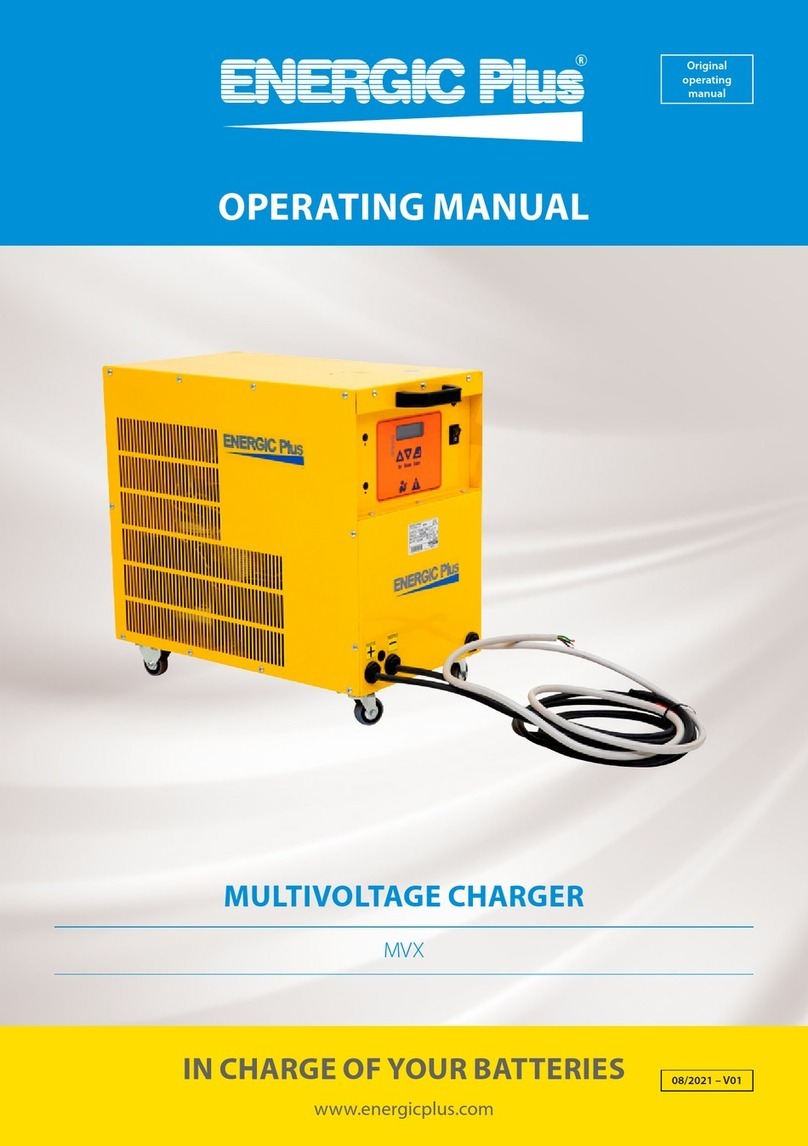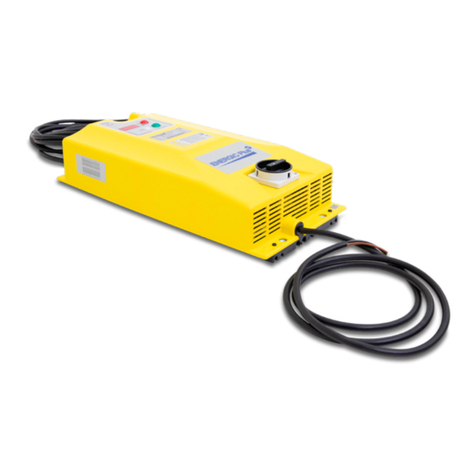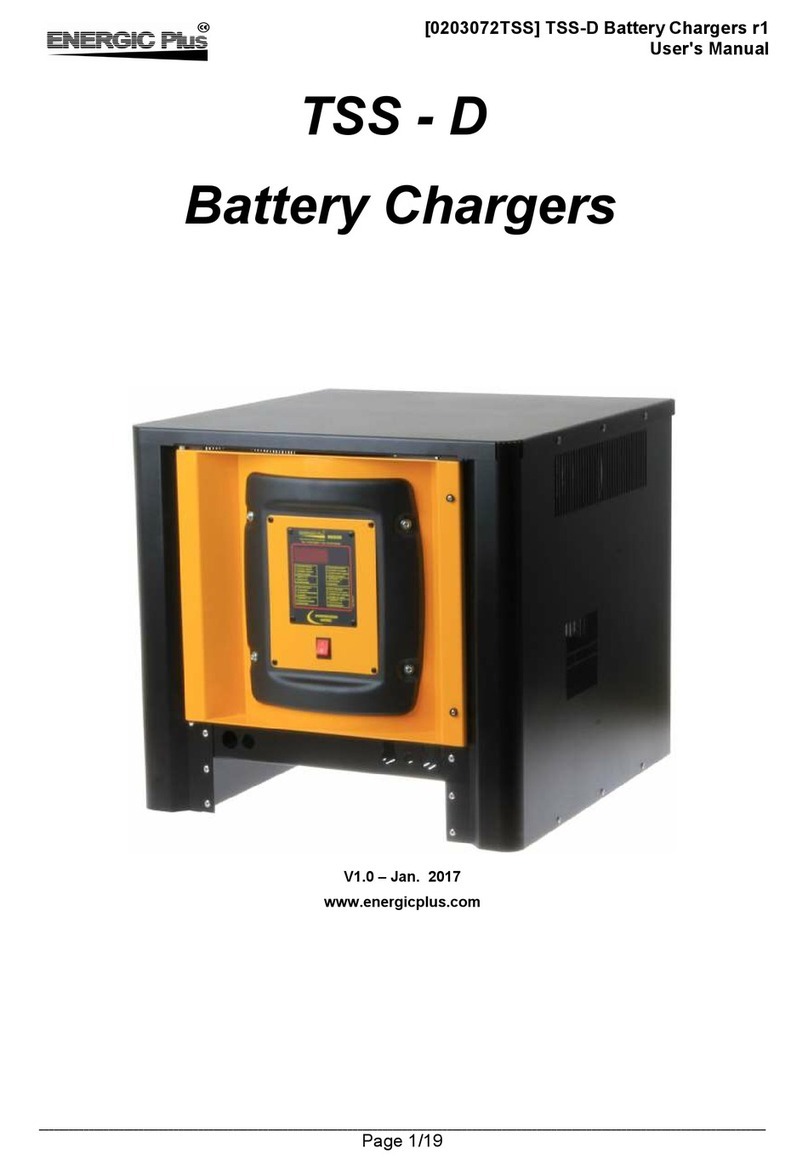
5/28
TABLE OF CONTENTS
1. INTRODUCTION...............................................................................................6
2. DESCRIPTION..................................................................................................7
2.1. Technical data......................................................................................................................7
2.2. Main components of the product .........................................................................................8
2.3. Placement of the decals. . . . . . . . . . . . . . . . . . . . . . . . . . . . . . . . . . . . . . . . . . . . . . . . . . . . . . . . . . . . . . . . . . . . . . . . . . . . . . . . . . . . . . . . . . . . . . . . . . . . . . . . 8
2.4. Type plate............................................................................................................................8
3. SAFETY INSTRUCTIONS....................................................................................9
3.1. Explanation of the safety decals ............................................................................................9
3.2. General safety instructions....................................................................................................9
4. TRANSPORT AND STORAGE............................................................................ 11
5. INSTALLATION .............................................................................................. 12
5.1. Packing list.........................................................................................................................12
5.2. Safety instructions..............................................................................................................12
5.3. Required material for assembling........................................................................................12
5.4. Installation of the product ..................................................................................................13
6. OPERATION................................................................................................... 14
6.1. Safety instructions for operating the product.......................................................................14
6.2. Operating instructions. . . . . . . . . . . . . . . . . . . . . . . . . . . . . . . . . . . . . . . . . . . . . . . . . . . . . . . . . . . . . . . . . . . . . . . . . . . . . . . . . . . . . . . . . . . . . . . . . . . . . . . . 15
7. MAINTENANCE.............................................................................................. 18
7.1. Safety instructions for the repair of the product ...................................................................18
7.2. Maintenance schedule .......................................................................................................18
7.3. Maintenance instructions ...................................................................................................18
8. TROUBLESHOOTING ...................................................................................... 21
9. FINAL DECOMMISSIONING AND DISPOSAL...................................................... 23
10. ANNEXES ...................................................................................................... 24
10.1. CE-certificate .....................................................................................................................24
10.2. Spare parts list....................................................................................................................26
10.3. Medical and first-aid treatment...........................................................................................26
